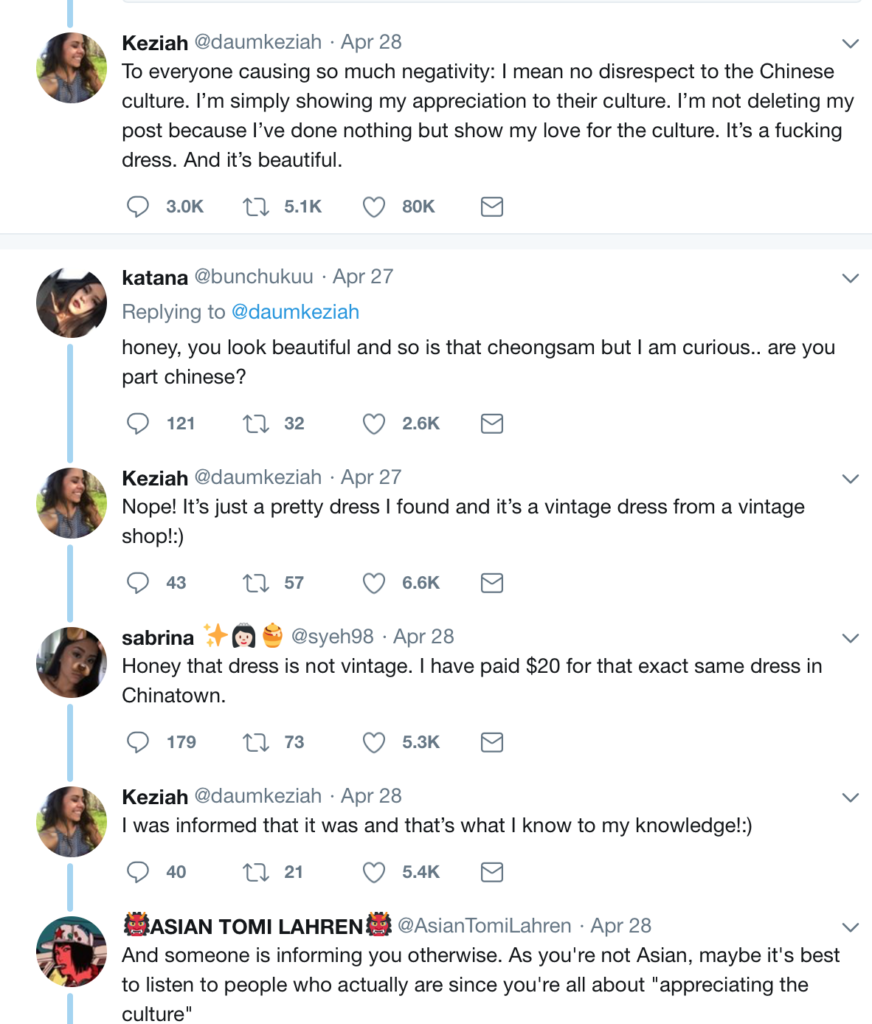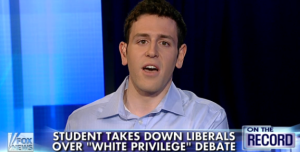 Today a “Karen” was criminally indicted. The woman’s name is not Karen, but Amy, Amy Cooper. She appeared as “Karen” in the tweet seen here, posted by Melody Cooper (no relation), the brother of a bird watcher, her brother, Christian. Amy was walking her dog in New York’s Central Park, but contrary to the regulations in that area, her dog was not leashed. Christian asked her to use a leash, to keep the dog from scaring away the birds. She responded by threatening to call 911, telling Christian that she was going to tell the operator that she was being threatened by a black man. She did in fact call, saying “There is a man, African American, he has a bicycle helmet and he is recording me and threatening me and my dog…please send the cops immediately!”. Manhattan District Attorney Cyrus Vance said today, in announcing the prosecution, “Our office initiated a prosecution of Amy Cooper for falsely reporting an incident in the third degree. We are strongly committed to holding perpetrators of this conduct accountable.”
Today a “Karen” was criminally indicted. The woman’s name is not Karen, but Amy, Amy Cooper. She appeared as “Karen” in the tweet seen here, posted by Melody Cooper (no relation), the brother of a bird watcher, her brother, Christian. Amy was walking her dog in New York’s Central Park, but contrary to the regulations in that area, her dog was not leashed. Christian asked her to use a leash, to keep the dog from scaring away the birds. She responded by threatening to call 911, telling Christian that she was going to tell the operator that she was being threatened by a black man. She did in fact call, saying “There is a man, African American, he has a bicycle helmet and he is recording me and threatening me and my dog…please send the cops immediately!”. Manhattan District Attorney Cyrus Vance said today, in announcing the prosecution, “Our office initiated a prosecution of Amy Cooper for falsely reporting an incident in the third degree. We are strongly committed to holding perpetrators of this conduct accountable.”
So why is Amy Cooper a Karen? “Karen” has in fact become a popular online meme, typically used as shorthand for a white, middle-aged North American woman, reeking of privilege (whiteness, class, wealth) and selfishness (I matter more than you) who asserts her own rights over those of (racial, cultural, financial, political) others in confrontations captured on video and posted online. Many of those encounters in recent weeks deal with women asserting the right not to wear a face mask, even in environments in which that is required. Also reported have been women protesting stay-at-home orders, demanding the right to have nails done or to visit a hair salon. But Karens are not new. A recent report from the NPR program “On the Media” listed a host of Karen types, often with names linked to the activity they reported or the context of the encounter: Barbecue Becky, Bus Berator Brenda, Lawnmower Lucy, Pool Patrol Paula, Racist Roslyn, Walmart Mary, Airline Amy. In that report, the host, Brooke Gladstone, explored with Apryl Williams, a professor of communications and media at the University of Michigan, the origins of the Karen meme.
Interestingly, these annoying individuals seem to always be women. In that sense, the phenomenon resembles the complaints about speech patterns like vocal fry (use of a deep, creaky, breathy sound), upspeak (rising intonation applied to all utterances, not just questions), or use of hedges (disclaimers, tag questions), all associated with women. It’s not that these speech habits do not exist, it’s that social censure rarely is directed to particular male speech patterns like self-assertiveness, insensitivity, or excessive volume. Why the difference? In the US there is been lately a growing awareness of the reality of institutional racism in this society, but the same power structure, favoring white males, also tilts in favor of men.
BTW, the incident in Central Park occurred on May 25, the same day that George Floyd died in police custody. In the discussion on “On the Media” on Karens, Professor Williams emphasized that racism is at the core of Karen behavior:
It is the primary motivating factor for placing that call to the police. I’m not sure that if these incidences were happening to white people that they would feel the need to call the police at all. If they were, we would hear about it, as we have recently with COVID, where white people are being kicked out of stores because they refuse to wear a mask. So, if it were the case that white people were calling the police randomly on other white people, I think we would hear about it. The fact that these incidents keep happening to black people, black men in particular, says that we are still grappling with the same type of racism that we were dealing with under Jim Crow era segregation. And that’s central to these memes.
It may be that the US is at a turning point in race relations. Some recognition of male privilege, as well as white privilege would be welcome as well.










